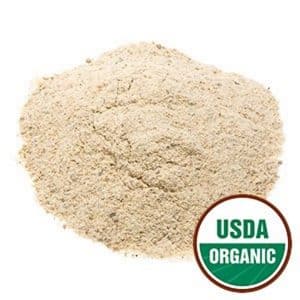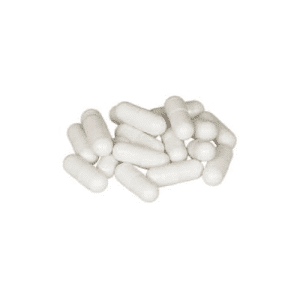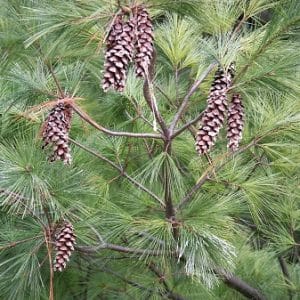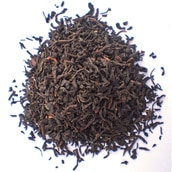$7.43 – $15.95
Sage is used for digestive problems, including loss of appetite, gas (flatulence), stomach pain (gastritis), diarrhea, bloating, and heartburn. It is also used for reducing overproduction of perspiration and saliva; and for depression, memory loss, and Alzheimer’s disease.
It is said that when the British started importing tea from China, the Chinese so valued sage that they would trade two cases of tea for one of dried English sage. However, it is noted that in the 17th century, Dutch merchants were trading three chests of China tea for one of sage leaves.
The Romans considered sage a sacred herb and would gather it with ceremony. The appointed person would make sacrifices of bread and wine, wear a white tunic, and approach with bare feet and, of course, be well washed. Roman instructions also advised against using iron tools. This is sensible being that iron salts are incompatible with the herb.
Native American healers mixed sage with bear grease and applied it as a salve to heal skin sores and wounds. They also used the woody stems as a toothbrush. The Cherokee used sage to relieve asthma, coughs, and colds. They also used a leaf infusion to treat diarrhea. The Mohegans used it to treat intestinal worms.
Key Actions
Key Components




